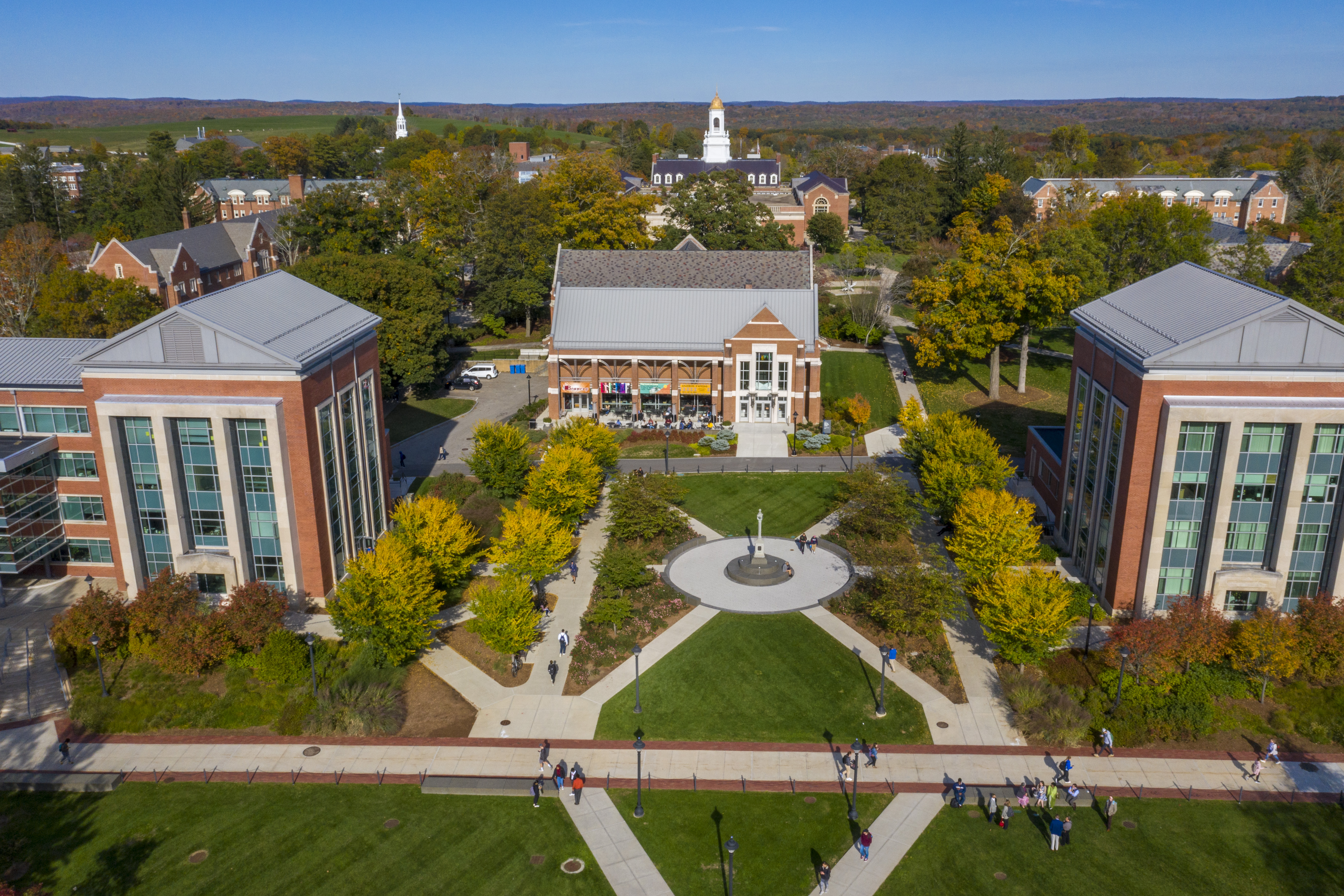
How do you build a new nation, after winning independence and establishing the framework of government? Turn to the printed word, set printers, publishers, authors, and readers in motion, and encourage them to create an “age of print.”
That is the story told by a new book co-edited by Robert A. Gross, the James L. and Shirley A. Draper Professor of Early American History in the College of Liberal Arts and Sciences, with Mary Kelley of the University of Michigan.
An Extensive Republic: Print, Culture, and Society in the New Nation, 1790-1840, was recently published by the University of North Carolina Press in association with the American Antiquarian Society.
It is the second of five volumes covering the history of the book in America from colonial settlement down to the end of the 20th century, and its publication completes the series, appropriately named A History of the Book in America.
The new volume “provides a fascinating revisionist history of the United States through its focus on what was printed, how the economy of the book trades worked, who was reading, and what role reading came to assume in all sorts of people’s lives,” says Patricia Crain of New York University.
The period 1790-1840 was especially important because of the immense obstacles the fledgling United States faced in building on the blueprint of the Constitution and forging a new nation. The 30-plus authors in An Extensive Republic portray just how daunting that project was and how much energy and creativity Americans invested in carrying it out.
“The fundamental challenge before the new nation was to gather up the diverse people of a far-flung land and enlist them in a common life,” Gross says in the introduction. “To this formidable task, the agents of print and the host of people and institutions who employed them dedicated themselves for a half century.”
The people in the new republic had expected to be British citizens but found, to their surprise and shock, that they were not. “Their feeling of rejection and exclusion as equal subjects, drove them to rebel and attack the institutions of the Old World,” Gross says. “They used books, newspapers and journals to fashion a distinctive literature and culture, and the early republic inaugurated the ‘age of print.’”
“Often if no publisher was willing to take the risk and issue a work under his own name, several individuals hired a printer and assumed the costs themselves. Even paupers paid to get out their tales of woe,” Gross says.
Along with the many goods entering American ports — textiles from England and Scotland, silk from Italy, muslin and calicos from India, tea from China – books were cargo that widened Americans’ horizons. The reading public in the new nation was the most cosmopolitan in American history.
Domestically, the printed word flourished, especially through the press. In Great Britain, high tariffs, steep prices, and the fear of prosecution for seditious libel narrowed the audience for printed works and made printers cautious about what they put into circulation. The United States abandoned such attempts to control the flow of print.
After the failure of the Federalists’ Sedition Act of 1798, the First Amendment protected the press from prior censorship and post-publication sanctions by the federal government. In contrast to the Old World, American officials eagerly sought to inform the citizenry through the press, providing postal subsidies and printing contracts to editors.
But enlightenment was not always the result. “The press could be just as partisan, biased, and vicious as ‘the media’ are said to be today,” Gross observes. “Americans groused about the press then, as they do today, but they were eager for the ‘intelligence’ newspapers provided about government at all levels and about the wider world. By 1831, the newspaper had triumphed as democracy’s favorite medium of print,” he says.
An Extensive Republic traces the growth of literacy among the inhabitants of New England, where the ability to read and write became nearly universal, among women as well as men after 1790, and its variations among Americans elsewhere.
Even in states where tax-supported, public education was non-existent – and that was nearly everywhere outside New England – most whites obtained a rudimentary literacy, if only to read an almanac or Bible. “It was an age of reading; so many cultural authorities and social reformers said. And many Americans felt that reading showed just how civilized they were,” says Gross.
Both free and enslaved African Americans struggled for access to the written word. Though they were not everywhere barred by law from learning to read, Southern slaves faced numerous obstacles in practice. As for writing, masters were determined to keep those in bondage from gaining the means to forge passes and steal away to freedom.
But in a world where millions were devoted to religion, people craved both the manuscript and printed texts of their faith. Many books that today would be sold only in Christian bookstores were crossover titles appealing to the populace in general. In a “landmark cultural achievement,” the printed word was a power “shaper of culture,” Gross observes.
Even individuals who could not afford a newspaper subscription or a library membership had access to print. All they needed to do was stop in a tavern or coffee house and read the files of newspapers – or just listen to other patrons sharing and debating the news.
But the triumph of the printed word can be exaggerated. “It was an age of print in the visions of literary men and women and of booksellers and religious publishers,” says Gross. But the spoken word was still crucial in small-scale communities where people conducted their affairs face to face.
Nor did printing actually succeed in knitting the nation together. As newspapers gave far-flung citizens a better view of one another, they fostered an acute awareness of differences. “Ironically, the growth of a national audience for print may have actually spurred sectionalism,” Gross concludes, and “thereby advanced the break-up of the original Union in 1861.”


